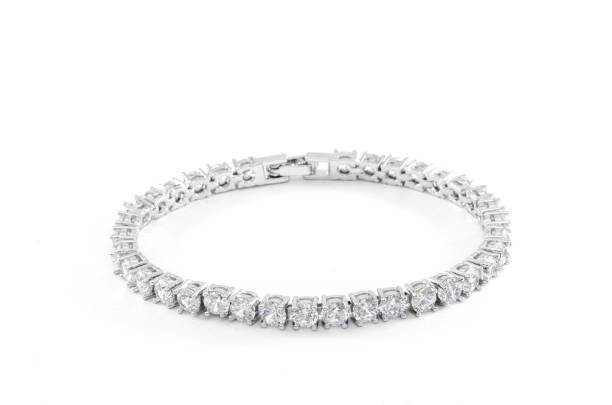Appreciating the Luster of Akoya Pearls All Entries

Luster and perfectly round spheres are two key characteristics that attract people to akoya pearls. These pearls, which are secreted by Akoya oysters, largely originate in Japan, but can also be found in China, Vietnam, Thailand, and Australia. Here's a look at these pearls, which have become the most familiar saltwater cultured pearls in the western world, according to the Gemological Association of America (GIA).
How Akoya Pearls Became Famous
Prior to the past century, akoya pearls were worn mainly by royalty and nobility. Then the akoya pearl became the first cultured pearl in the 1890s. A cultured pearl means a human intervened to harvest it. These pearls began to spread in Europe during the 1920s and then the United States by the 1950s. They were popularized by a string of celebrities through the decades such as Marilyn Monroe, Jackie Kennedy, Princess Diana, Oprah Winfrey, and Kamala Harris.
Some of the most popular styles of akoya necklace strands include graduated pearls, perfectly identical pearls, and Baroque strands. Keep in mind that pearls can be fragile and get easily damaged, which is why they don't necessarily make great choices for rings. Yet some people still want them for wedding rings. Akoya pearls have become popular as necklaces, bracelets, and earrings.
Amazing Luster and Uniqueness
The polish or the surface of the pearl determines its luster, which refers to the quantity and quality of light reflected from a pearl's surface. The qualities that define luster are sharpness and brightness of reflections. When reflections on an akoya pearl are uniformly bright and sharp, the pearl receives an excellent grade from jewelers. The other grades are very good, good, fair, and poor, in which reflections are weak or don't exist.
Luster is one of the six factors gemologists use to evaluate pearls, along with thickness, shape, size, color, and amount of blemishes. Gemologists look for a balance in these qualities, while consumers put a high emphasis on luster and roundness of pearls. Luster is most responsible for a pearl's natural beauty. When all other factors are equal, high luster helps command high value.
Surface quality is a major factor in the quality of luster. Like diamonds, luster of pearls can be affected by scratches and other flaws on the surface. Taking good care of pearls is part of the key to maintaining beautiful luster. One way to emphasize the luster of akoya pearls is to match them with diamonds. The combination of diamonds and pearls adds shine to any personality.
Part of the uniqueness of an akoya pearl is its small size compared with a White South Sea pearl. While the former ranges from 1 mm to 9 mm, the latter is usually about 12 mm to 20 mm. The smaller size of the akoya pearl allows for lighter-weight jewelry that's easy to wear for any occasion. While white is the most common akoya pearl color, it can also be found in a range of colors including black.
Conclusion
Akoya pearls provide eye-catching beauty due to perfectly-round shapes that emit captivating luster. These jewels are somewhat rare and cost more than freshwater pearls. They are closely associated with elegance. If you need help tracking down beautiful akoya pearl jewelry, contact us at Ralph Mueller & Associates to learn more about your options.